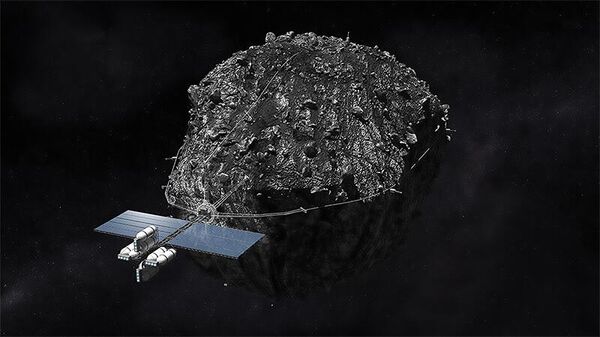
MOSCOW, January 22, Vladislav Strekopytov. The private American company AstroForge, which is developing projects for mining minerals on asteroids, said that this year it will launch a device to one of the small space objects, but which one is a secret. The situation when a planned flight “in an unknown direction” is publicly announced is very unusual. About why this happened and whether there were precedents — in the material.
Just business
At the beginning of the space age, all planned missions — with the exception of military satellites — were announced in advance, and their implementation was widely discussed by experts and the media. With the arrival of private companies in astronautics, everything changed. Competition appeared, and with it trade secrets.
Founded in January 2022, AstroForge immediately announced its ambition to become the world's first asteroid mining company. Before her, two other private American firms tried to engage in similar projects — Planetary Resources and Deep Space Industries (DSI). Both ceased to exist at the beginning of 2019, without completing a single project. Businesses have not shown enough interest in extracting space resources — mainly due to the high cost of delivery.
Now, thanks to new technological solutions from companies like SpaceX and Blue Origin, this is no longer such a big problem. The founders of AstroForge, Matt Gialich and Jose Acain, took advantage of the market opportunity. Both have been in the space industry for several years. The first worked at Virgin Orbit, where he was responsible for avionics and flight software, and also at the electric scooter company Bird. The second graduated from the Department of Mechanical Engineering from Santa Clara University in California, designed robotics and microsatellites at NASA, and then at SpaceX was deputy chief engineer on the first Falcon 9 ship and lead engineer on the first four Dragon ships.
The AstroForge company considers leadership in a new industry to be its main competitive advantage and carefully hides its developments. Until recently, its official Internet page contained nothing but a list of vacancies.
“Announcing which asteroid we are targeting carries the risk that it will be captured by another organization,” The newspaper quoted Matt Gialich as saying. New York Times.
Several companies in the USA, Europe and China are working on similar projects, but so far none have gone into practical use. In contrast, AstroForge has already taken its first real steps. In April 2023, using SpaceX's Falcon 9 rocket, it sent a test version of the mining device into Earth orbit in the form of a small cubesat satellite.
Built by British aerospace company OrbAstro, it was named Brokkr-1. Its task is to test in orbit the technology for extracting platinum group metals from ore. It is believed that asteroids of spectral class M, such as Psyche, one of the most famous metallic asteroids of the main belt, are rich in these valuable elements.
Scientists consider the extraction of valuable metals from asteroids to be a very promising direction. At the same time, experts are expressing concern that the rapidly emerging industry is not yet regulated in any way. In this regard, in December 2023, the US Congress Committee on Natural Resources even held a special oversight hearing on the topic “The Mineral Supply Chain and the New Space Race.”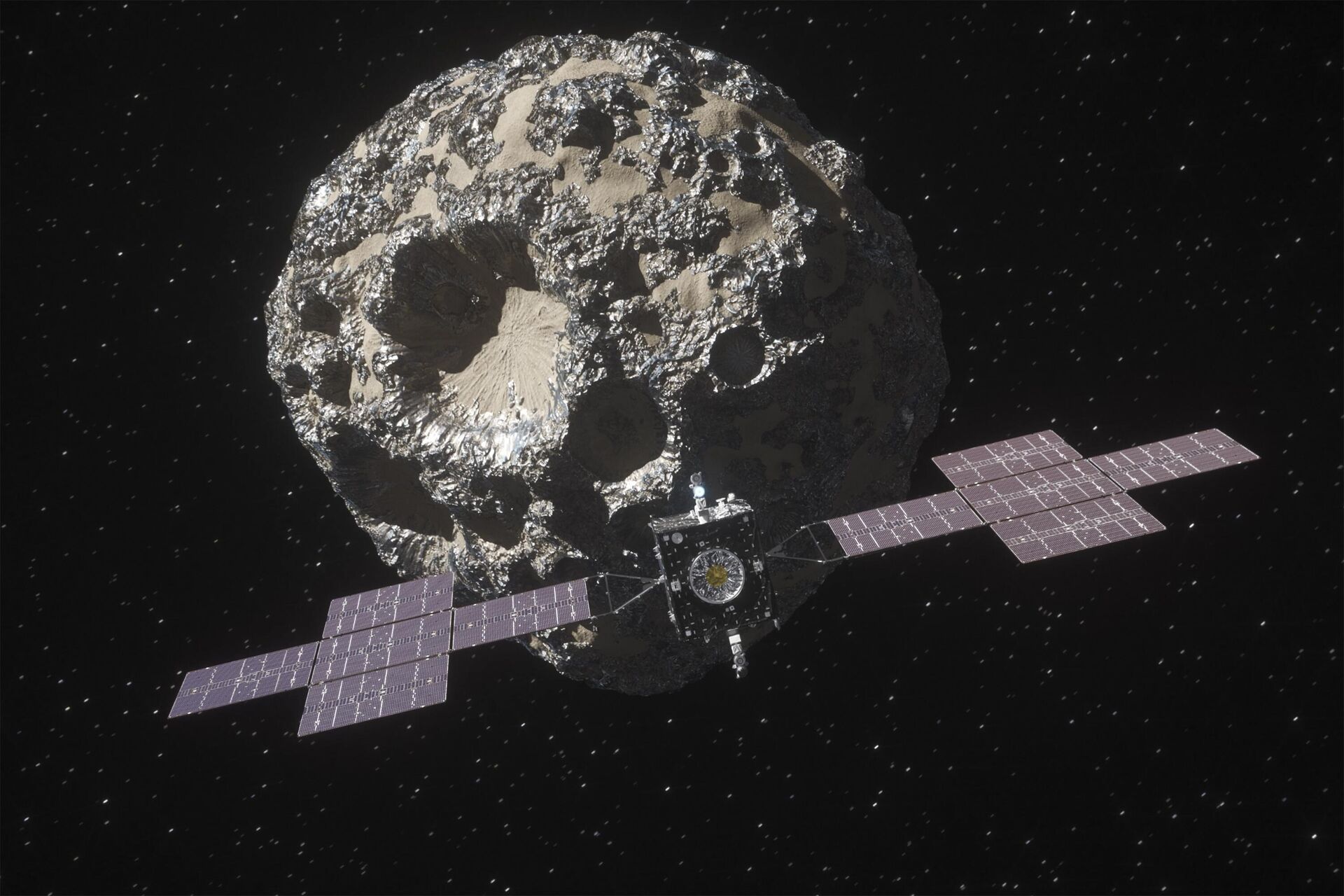
Confusion in space
The launch of the first artificial Earth satellite by the Soviet Union on October 4, 1957 is considered the beginning of the era of technical space exploration. Since then, national space agencies of different countries and private commercial companies have sent hundreds of large and small spacecraft into Earth orbit and beyond, and the number of meteorological, navigation, military and communications satellites is already in the thousands. Recently, small satellites such as CubeSats and PocketCubes have been widely developed. Dozens of them are launched into space at once — either via launch vehicles, or on board manned and automatic cargo spacecraft and orbital stations.
Formally, the registration of spacecraft sent is regulated by the International Convention on the Registration of Objects Launched into Outer Space (1975). It provides for the mandatory transfer of information about all launches to the UN Secretary General. The United Nations Office for Outer Space Affairs (UNOOSA) maintains a registry of “space objects,” which refers to any “technical devices designed to perform missions in space.” As of 2021, there are approximately 12,000 such objects registered in the UNOOSA registry.
The Convention does not establish any specific requirements regarding the timing of submission of information and its content. It does not apply to suborbital flights. Also, unlike international air or maritime law, it does not stipulate a special procedure for registering military space objects.
To date, of the 72 participants, the convention has been signed by 22 countries and four international organizations, including the European Space Agency. At the same time, more than 70 countries, not counting commercial companies, launched artificial Earth satellites during the exploration of outer space. It is clear that the situation, taking into account operational and failed spacecraft in Earth orbit and beyond, can only be described as confusion.
«Payload»
There is even less certainty with the cargo that is on board the shipped objects. Owners of spacecraft usually report in official documents only about scientific instruments and technical equipment. How much unaccounted for stuff is exported beyond the Earth can be judged by at least the garbage that American astronauts left behind on the Moon.
In addition to the hammer and falcon feather that Apollo 15 astronaut David Scott used in the gravity experiment, these are about a hundred bags of astronaut waste products, 12 pairs of boots, several photo and television cameras, rakes, shovels, insulating blankets, wet wipes and empty space food packaging.
Apollo 14 commander Alan Shepard took a pair of golf balls with him to the Moon, hiding them in his spacesuit. Apollo 16 astronaut Charles Duke smuggled in a commemorative medal issued in honor of the 25th anniversary of the United States Air Force and a family photograph with the inscription «This is the family of astronaut Duke from planet Earth. Landed on the Moon in April 1972.» This became known after Duke himself published a photograph wrapped in plastic lying on the lunar surface, which he took with his Hasselblad.
< br />
Space Graveyard
Another object of terrestrial origin that “decorates” the lunar landscape is the urn with the ashes of planetary geologist Eugene Shoemaker, who participated in the Apollo program, but was unable to make the flight due to health problems. An ounce of the scientist's ashes, vacuum-packed, were sent to the Moon aboard NASA's Lunar Prospector in 1998. Navajo Indians, who consider the Moon sacred, condemned the act and protested. NASA responded with an official apology. However, the idea has become popular and several commercial companies now offer funeral services in space.
There were also human remains on board the American Peregrine lander, which recently failed to land on the Moon. And, most likely, not only the ashes of science fiction writer Arthur C. Clarke and three hairs of Presidents George Washington, John Kennedy and Dwight Eisenhower, which were officially announced, but also urns sent under private contracts. There is information that space burial companies Elysium Space and Celestis paid the owner of the module, the Astrobotic company, money for their transportation.
When all this became clear, mass protests began in the United States, initiated by the Navajo Indians. This suggests that people increasingly perceive space as their area of responsibility and want to understand what is being sent there and why. By the way, it turned out that on Peregrine, among other things, there was a metal plate with a flag and a map of Ukraine, which was placed by the Ukrainian-British company Spacebit.
Biological threat
Scientists fear that, in addition to legal risks, confusion with sending space cargo may have other negative consequences — for example, contamination of space bodies with terrestrial biomaterial.
A similar thing already happened in 2019, when the Israeli Beresheet probe crashed during landing on the Moon. This was the first completely private lunar project. The creation of the device itself was financed by SpaceIL with the participation of the Israeli Aviation Industry concern, and it was launched into space by the SpaceX Falcon 9 rocket. media-type=»photo» data-crop-ratio=»0.75″ data-crop-width=»600″ data-crop-height=»450″ data-source-sid=»» title=»Israeli SpaceIL jumper probe » class=»lazyload» lazy=»1″ />
After the crash, it turned out that the “Lunar Library” placed on board the probe by the non-profit organization Arch Mission Foundation, in addition to thousands of digitized books, the entire English Wikipedia and descriptions of David Copperfield's tricks, there were samples of human DNA, as well as several thousand tardigrades — microscopic animals immersed in a state of cryptobiosis. Information about this cargo was kept secret until the moment of the accident.


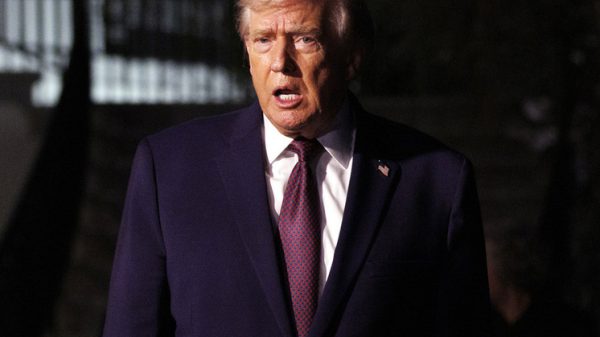

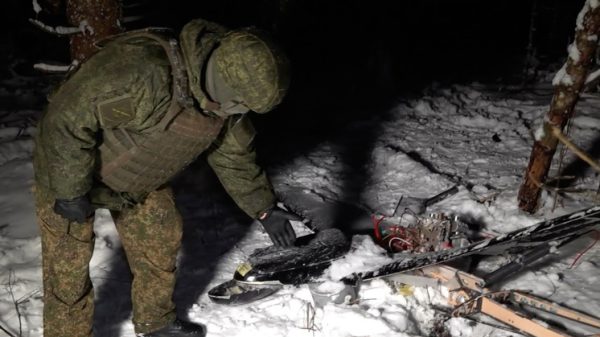






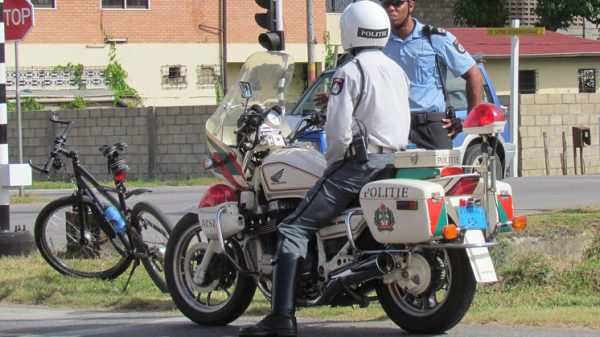





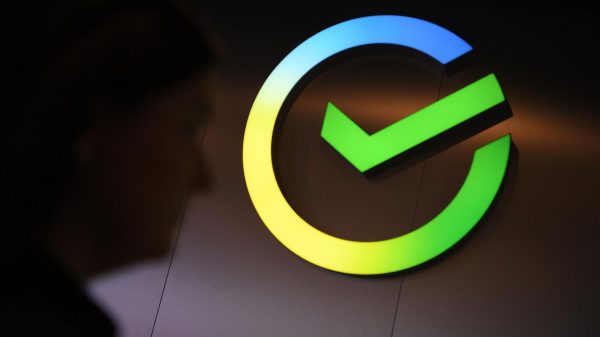
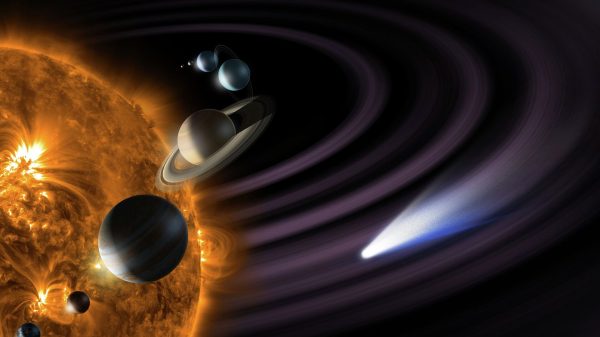
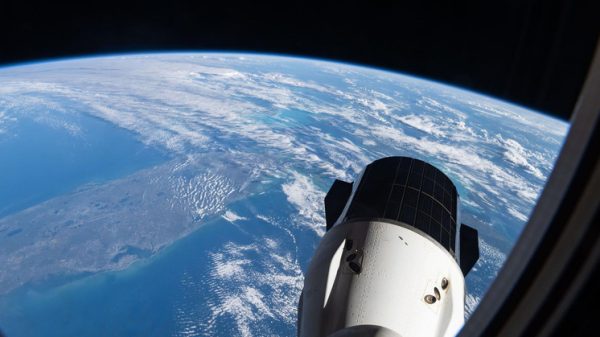
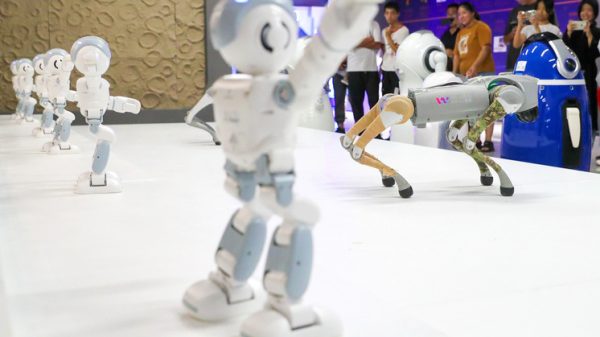
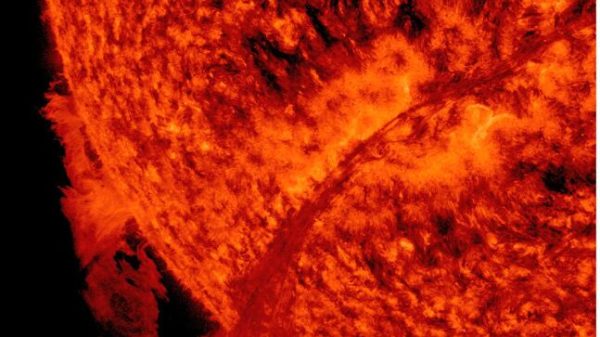








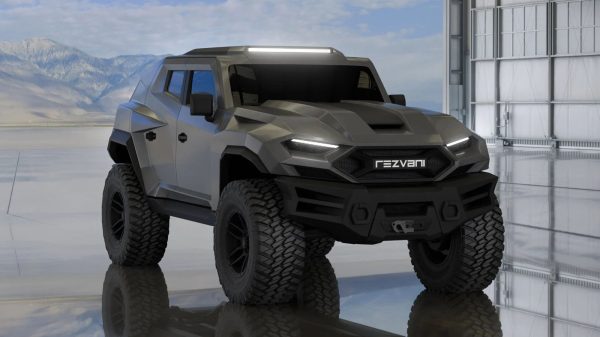
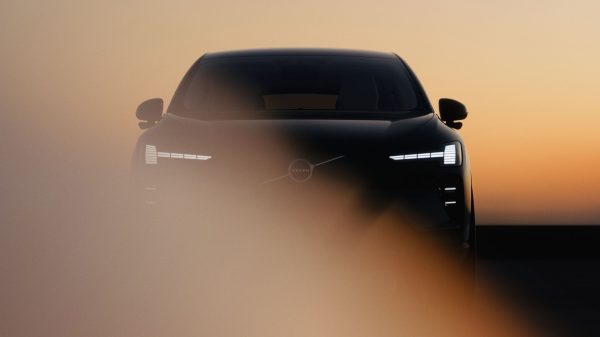




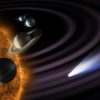


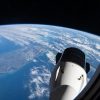

















Свежие комментарии